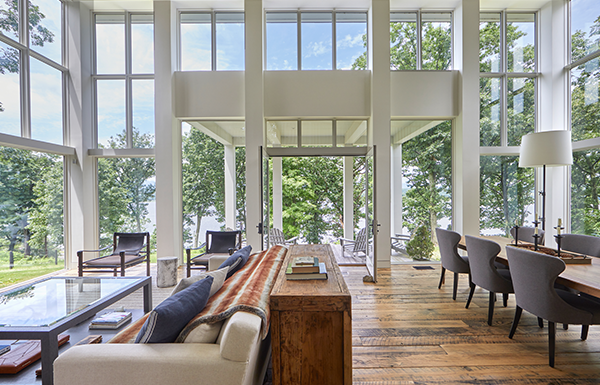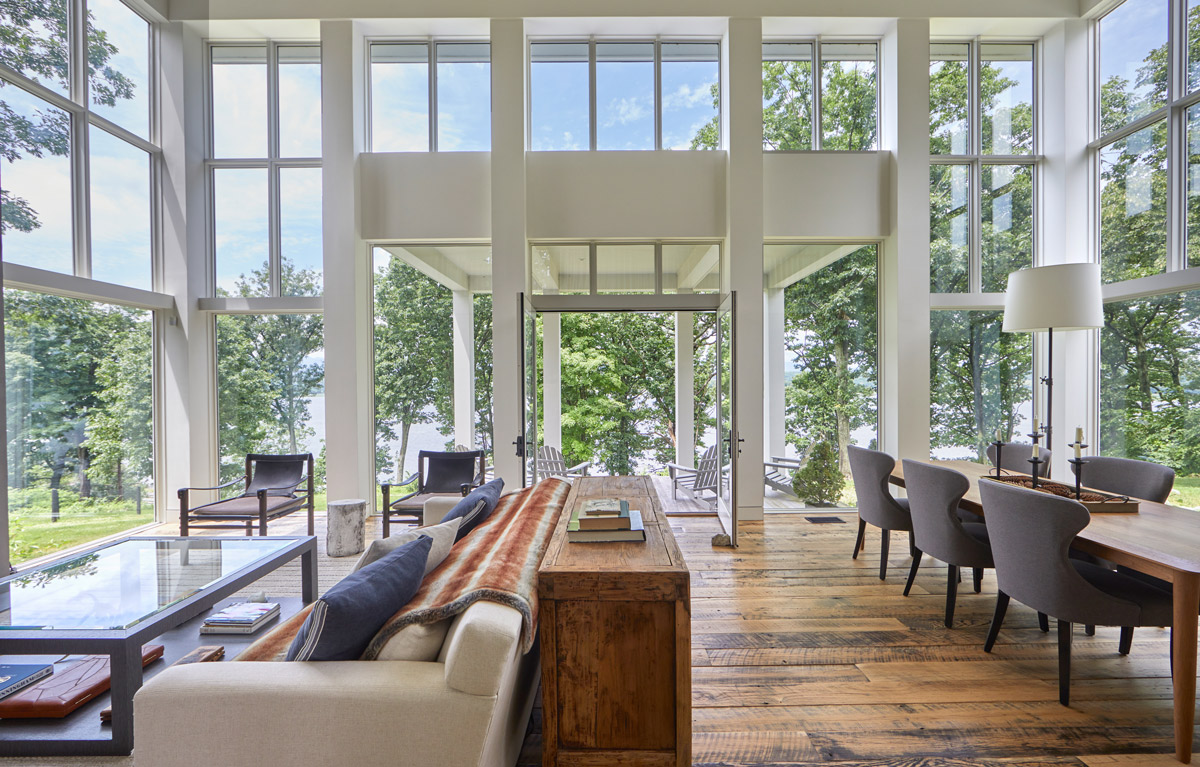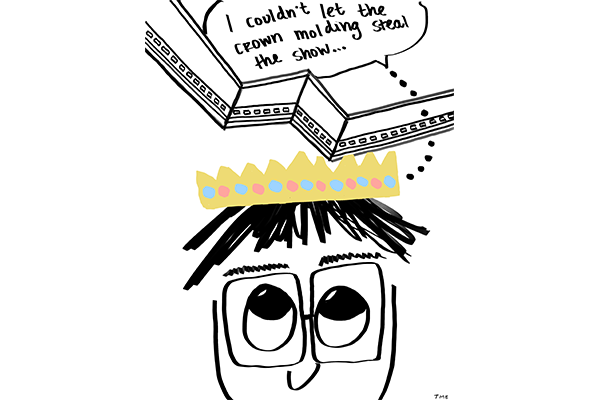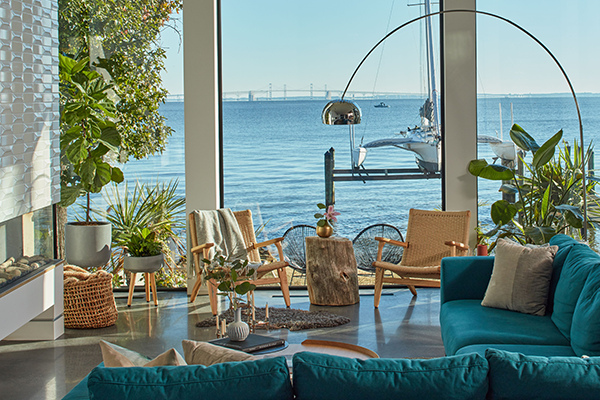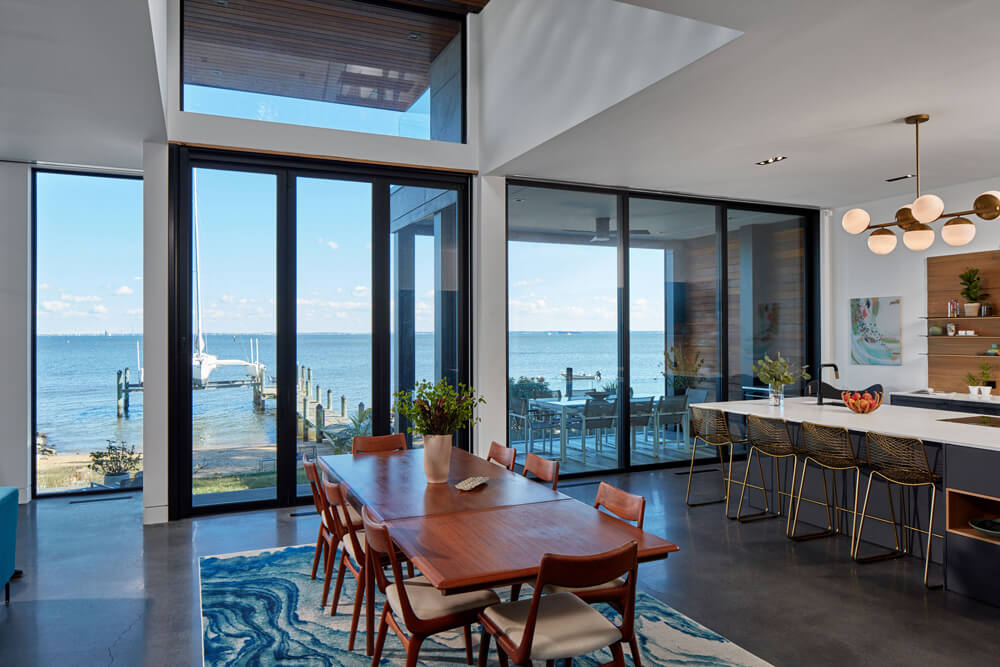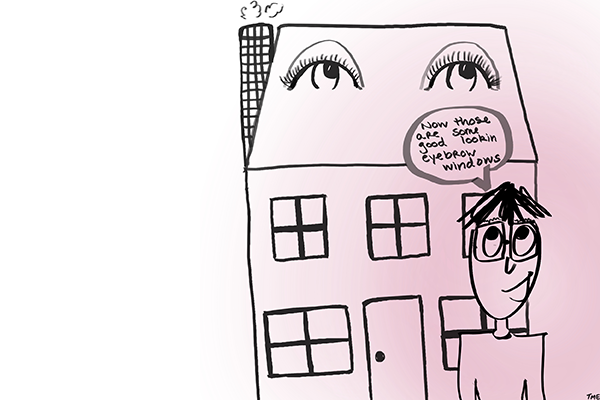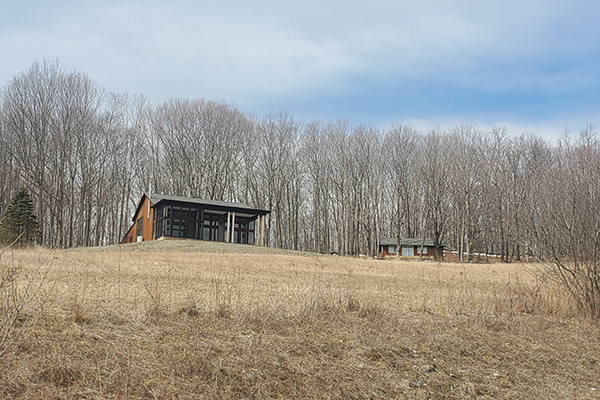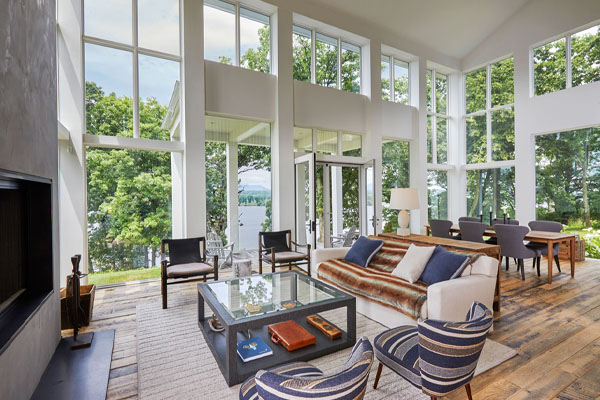Barefoot Luxury: Coastal Interior Design That Connects You to Nature
Being by the water has a unique and almost spiritual effect on our senses. The moment we arrive at the coast, something changes within us. The light dances on the water’s surface, the air is imbued with the scent of the sea, the wind carries a refreshing briskness, and the landscape undergoes a breathtaking transformation. Successful coastal interior design captures these ephemeral feelings, making the experience of being by the water unforgettable, regardless of a building’s distance from the shoreline.
The Allure of Coastal Living
Coastal living is an aspiration for many, and for good reason. The geography of the countless waterfront coasts around the world offers varied climates and characteristics. Yet, they all share a common desire in their interior design: to blur the boundaries between indoor and outdoor spaces.
Whether it’s the gentle lapping of water against the shore, the distant melodies carried by the wind, the starry night skies, bonfires on the beach, or the mesmerizing sunrises and sunsets over the endless horizon, coastal interior design acknowledges that it cannot compete with the grandeur of nature. Instead, it seeks to enhance our human experience and amplify all the sensory delights the coast offers.

The Essence of Barefoot Luxury
Barefoot luxury is the heart of coastal interior design. It’s about creating comfortable living spaces that exude a casual elegance. These spaces are designed to be both creative backdrops and sanctuaries where you can immerse yourself in the beauty of nature. Whether you’re watching fireflies on a warm summer night, sipping coffee with a breathtaking view, hosting a dressy cocktail hour, or simply lounging with sandy feet and bathing suits, barefoot luxury makes every moment feel significant.

The Power of Coastal Inspiration
“To me, the explanation of life seems to be its melody, its pattern. And I feel in life such an infinite, truly inconceivable fantasy.” – Isak Dinesen
Coastal interior design aspires to create spaces that are not just beautiful but also inspirational. Architects and designers who work on coastal projects understand that they can be catalysts for future inspiration, relaxation, and fun.
By capturing the essence of the coast’s magic, they transform ordinary spaces into extraordinary ones. Artists, authors, and film directors often recognize coastal settings as powerful connectors to the human experience, frequently utilizing them to tell compelling stories and evoke deep emotions.
Coastal interior design goes beyond aesthetics; it’s about creating an atmosphere that connects you to nature and enriches your life. Whether you’re fortunate enough to live by the water or are planning a coastal retreat, the essence of barefoot luxury can transform your space into a haven of peace and inspiration.
It’s a reminder that the beauty of coastal living lies not only in the magnificent views but also in the way the spaces we inhabit enhance our connection to the natural world.
Bohl Architects has forty-eight years of experience in designing beach homes in styles ranging from Modern to Craftsman. Give us a call if you’d like to discuss your coastal project.

Want to Keep Reading?
Barefoot Luxury: Coastal Interior Design That Connects You to Nature
September 21, 2023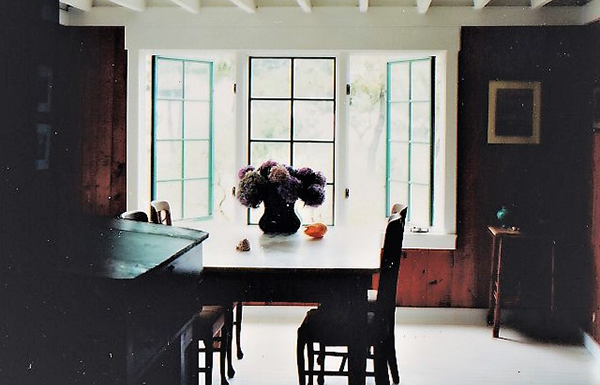
And After All, You’re My Window Wall
September 18, 2023